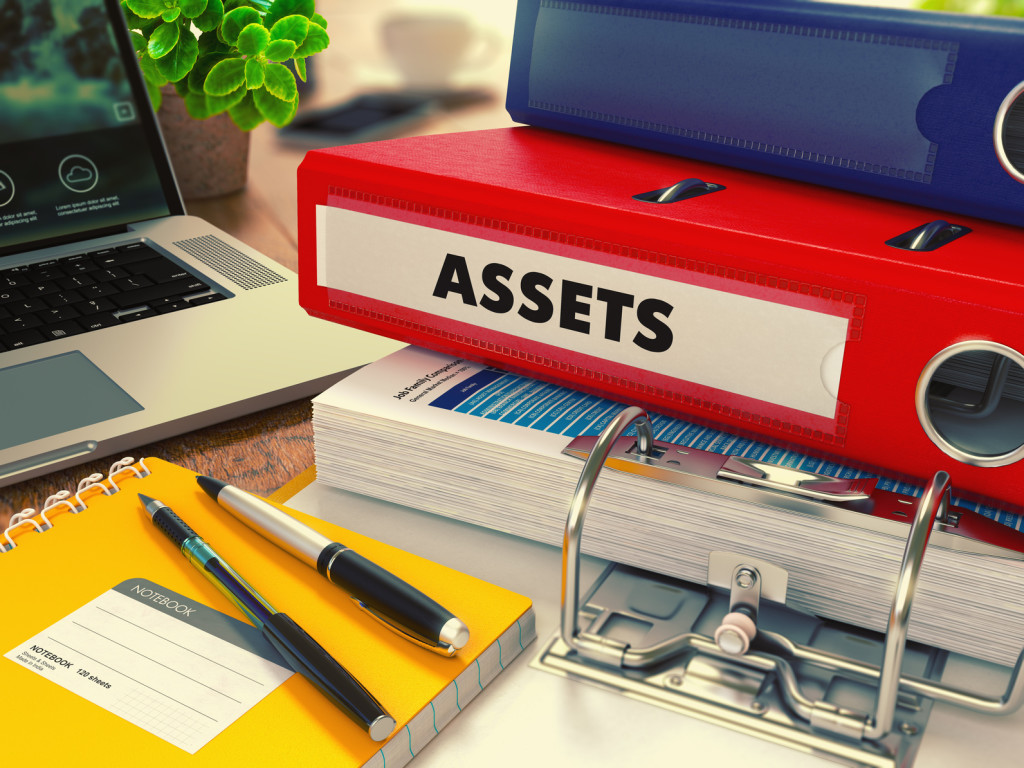
Asset valuation is the process of determining the current market value or worth of assets such as lands, buildings, roads, bridges, farms, stocks, bonds, shares, goodwill, intellectual property, brands, artefacts and artworks etc. This valuation process is often necessary for business financial reports especially in balance sheets under investments, sale, purchase, lease or rent, insurance, commercial loans, auction, merger and acquisition and liquidation of companies etc. Asset valuation is a tool for measuring the economic growth and development of a nation through its real estate products. It analyses the increment or otherwise of assets, that is, physical value-addition by the action of man in an ecosystem.
It also tracks the effectiveness of an individual or organisation’s strategic decision-making process and provides the ability to track performance in terms of the estimated change in the value of an asset or group of assets, not just in revenue. Property valuation is affected by economic factors such as foreign exchange rate, inflation, interest rate, market stability, security and safety, level of infrastructure development, services, aesthetics, location, depreciation and state of dilapidation among others.
Valuation exercise is both an art and science. The art element of valuation involves various factors such as sales forecasts, sales methods, economic outlook, capitalisation rate determination and culture of the end-users. The science element involves the valuation data, valuation process, approaches and methodologies. Developing nations are enclosures of spaces on the surface of the earth. They are characterised by the physical features in them and how the spaces they cover have been organised to improve the living standard of people. Their values depend on what the nationals and residents of these nations can bring out from them. Valuers or valuation practitioners have been trained in the art and science of wealth creation in the built environment that they have become indispensable in building life-cycle and in society today.
The history of valuation of assets is as variegated as the word ‘assets’ itself. Economic History textbooks credited the goldsmith in England to have started gold valuation in the 17th century. Property valuation started as early as 18th century in England. Richard Hurd’s book ‘The Principles of City Land Values’ (1903) is one of the earliest books on the subject of real property valuation. Professor Richard Ely, known as the ‘Father of Land Economics,’ and others associated with the American Institute of Real Estate Appraisers (now Appraisal Institute after its merger with Society of Residential Appraisers in 1991) as early as 1920, argued that, “market prices and real estate value were somewhat distinct.” This means that market prices and market values of assets are mostly not the same.
Valuers, valuists or appraisers started differentiating and segregating values in an asset as early as 19th century. In his book, “The Valuation of Real Estate” (1932), Frederick Babcock established the concept of ‘warranted value’ and explains the difference between price and value as: the fact that several hundred purchasers have been found who were willing to buy certain undesirable subdivision lots (plots of land) at exorbitant prices would in no way be presentable as evidence of market value. Market value will be used to designate the concept in which the thoroughly informed buyer is present and market price will be used to designate the prices which property actually does bring in the real estate market.
However, the debate on the separation of price and value seems to continue as some experts still believe the difference between price and value is the same as the difference between half-full and half-empty. George Schmutz’s book “The Appraisal Process” (1941) defined “market value” as “The ‘highest price’ for which a property can actually be sold in a reasonable length of time.” On page 11 of the book, he referenced wordings from the California (USA) Supreme Court that also defined market value using the term ‘highest price.’ In the United Kingdom, it is generally believed that “market price” is distinct from ‘market value.’ As an asset means different things to different people, so are the values in them.
While market price is “the price at which one can transact” or that an asset will change hands, market value is “the true underlying value” of an asset. Opinion of value is mostly seen as a guide to the user. For over 75 years, except Stephen Fanning (author of the Appraisal Institute’s book “Market Analysis of Real Estate”), Jeff Morr, a seasoned Miami real estate veteran, and John Blazejack of Blazejack and Co., Miami, Florida, no appraiser provided an opinion of “market value” in the Florida area property appraisal reports (valuation reports) reviewed by Fame Oyster & Co. They have only provided, most probable, ‘market price.’ A property appraisal report or a valuation report will contain the location of the property, the age, area, floor plan, name of owner, description of title and opinion of value.
An asset has been found to have more than a value. A property can have face value and latent value at the same time or capital value and rental value or market value and forced sale value. We have such values as “aesthetic value, capital value, depreciated value, economic value, face value, fair value, false value, forced sale value, functional value, hidden value, intellectual value, intrinsic value, latent value, market value, monetary value, nuisance value, open market value, psychological value, rental value, residual value, social value, true value and warranted value. This is why it is important to state the “purpose of valuation,” “basis of valuation” and “methodology of valuation” in a “valuation report.” Only professional valuers can accurately determine the types of values and their worth.
Valuation of assets is directly related to business development as businesses are established with assets and liabilities. Businesses are done with machines, men, materials, minutes and management (assets). All these assets require regular valuation to ascertain their worth and relevance. While businesses struggle to defray their liabilities, they must also struggle to grow their assets with time. Change is a constant in life. It is through periodic valuation of assets and reviews of business processes that businesses can realise their true position and decide whether to close shop or continue in business.













